Self-seeders dilemma
woodyoak zone 5 southern Ont., Canada
9 years ago
Related Stories
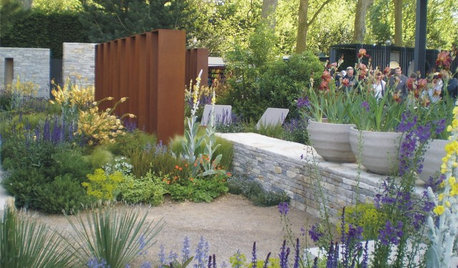
GARDENING GUIDES9 Self-Seeders Capture Chelsea Flower Show Magic
Give your garden show-worthy style with these plants beloved by top designers
Full Story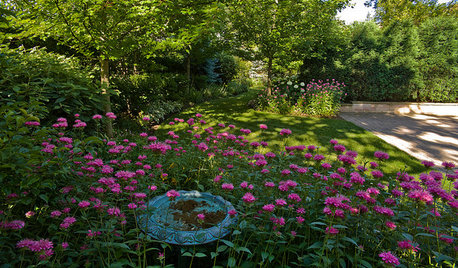
LANDSCAPE DESIGNExuberant Self-Seeders for Gorgeous, Easy-Care Gardens
Keep weeds down, color high and maintenance low with beautful plants that sow themselves
Full Story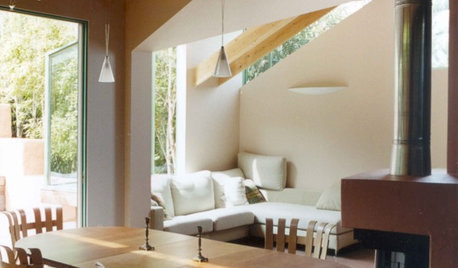
ENTERTAININGExtendable Tables Solve Dining Dilemmas
More really is merrier for holiday and everyday entertaining when your dining table adjusts to fit your guests
Full Story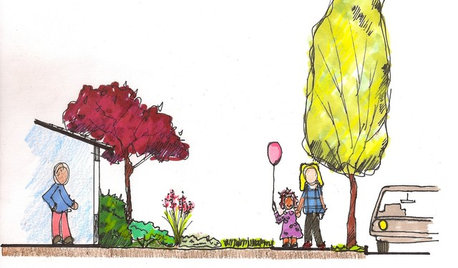
LANDSCAPE DESIGNGive Curb Appeal a Self-Serving Twist
Suit yourself with a front-yard design that pleases those inside the house as much as viewers from the street
Full Story
LIVING ROOMSA Living Room Miracle With $1,000 and a Little Help From Houzzers
Frustrated with competing focal points, Kimberlee Dray took her dilemma to the people and got her problem solved
Full Story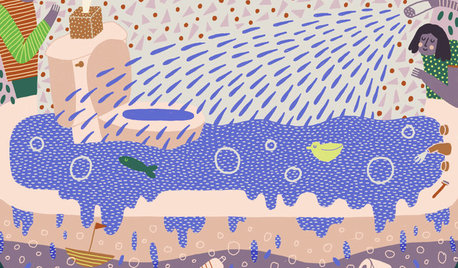
FUN HOUZZTechnicolor Solutions to 3 Popular Home Peeves
Imagination runs wild in these illustrated solutions for Houzzers' home dilemmas
Full Story
FURNITUREMust-Know Furniture: Get Close With a Tête-à-Tête
This classic French seat solves furniture configuration dilemmas — and is perfect for conversation
Full Story
COLOR11 Reasons to Paint Your Ceiling Black
Mask flaws, trick the eye, create drama ... a black ceiling solves a host of design dilemmas while looking smashing
Full Story
DECORATING GUIDESTop 10 Interior Stylist Secrets Revealed
Give your home's interiors magazine-ready polish with these tips to finesse the finishing design touches
Full Story
KITCHEN DESIGN9 Questions to Ask When Planning a Kitchen Pantry
Avoid blunders and get the storage space and layout you need by asking these questions before you begin
Full StoryMore Discussions







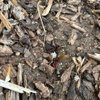
DiggingInTheDirt
gardenweed_z6a
Related Professionals
Cottonwood Landscape Architects & Landscape Designers · Glen Ellyn Landscape Architects & Landscape Designers · Rossville Landscape Architects & Landscape Designers · Towson Landscape Architects & Landscape Designers · Jackson Landscape Contractors · Anderson Landscape Contractors · Braintree Landscape Contractors · East Hanover Landscape Contractors · Fort Hunt Landscape Contractors · Indianapolis Landscape Contractors · Mashpee Landscape Contractors · Northport Landscape Contractors · Santa Maria Landscape Contractors · West Haverstraw Landscape Contractors · Woodburn Landscape ContractorsUser
aachenelf z5 Mpls
shadeyplace
woodyoak zone 5 southern Ont., CanadaOriginal Author
Ruth_MI
ken_adrian Adrian MI cold Z5
sunnyborders
aseedisapromise
woodyoak zone 5 southern Ont., CanadaOriginal Author
grossepointe
grandmamaloy
aseedisapromise
rusty_blackhaw
woodyoak zone 5 southern Ont., CanadaOriginal Author
aseedisapromise
woodyoak zone 5 southern Ont., CanadaOriginal Author